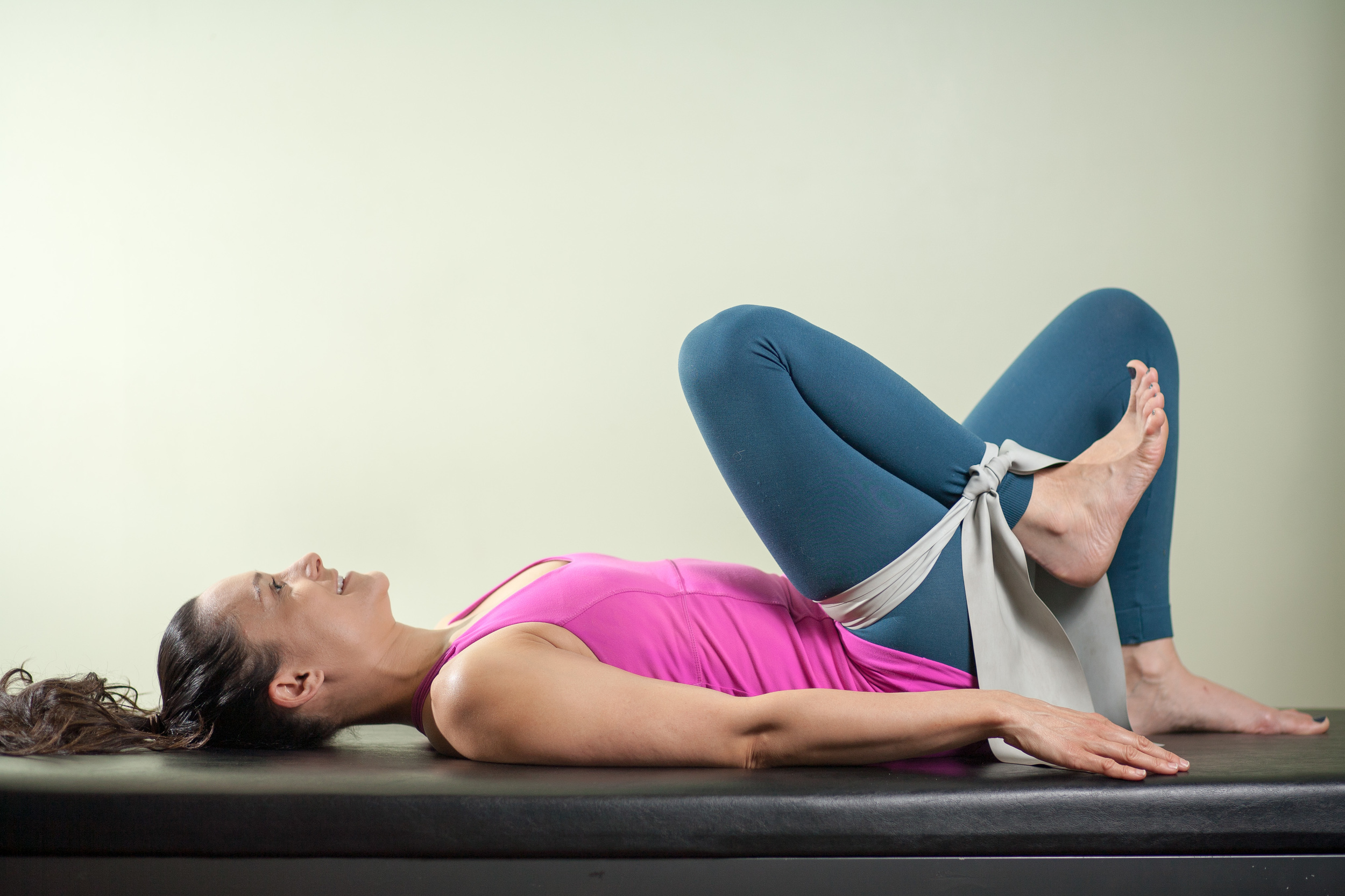Have you ever seen someone who looked like they were shuffling rather than walking?
You may have even lent a hand (literally) because their stride was short, they looked insecure about their balance and needed a hand to steady them from falling.
This "shuffle" is generally more apparent in older people. Did you know that this is not happening because of their age?
The shuffle happens because the quadriceps have taken over the stride.
MEET PSOAS AND ILIACUS
These are the two strongest and most important hip flexors in our bodies.
Psoas connect our legs to the spine.
Iliacus connect our legs to the pelvis.
Our Psoas and Iliacus are the major players in moving our legs in front of us (aka hip flexion).
Since these two hip flexors are connected to both the spine and the pelvis, they're in charge. Their connection to the spine provides the stability and confidence to walk. Their connection to the leg initiates walking.
We start walking from our hip flexors. The quads assist that movement. The hamstrings and glutes finish our stride.
It's a beautiful synergy.
WHAT ARE THE LEGS RESPONSIBLE FOR?
The legs are responsible for moving us from point a to point b. Because the hip flexors are in charge, the legs are free to be off the ground. Often at the same time.
If the legs were required for stabilization, they would have to stay underneath us at all times and be connected directly to the spine. But, that's not true about the legs. In fact, at the end of our stride, our leg is way behind us, thanks to the hamstrings and glutes propelling us forward.
Stabilization and movement are mutually exclusive. Muscle groups work synergistically to either move or stabilize the body to make a particular action happen.
HOW DO THE QUADS TAKE OVER?
One of our quadricep muscles (Rectus Femoris) crosses the hip and assists the Psoas, Iliacus, Sartorius and Tensor Fasciae Latae in hip flexion.
Rectus Femoris, therefore, is both a quadricep and a hip flexor.
Rectus Femoris
Due to the dual role Rectus Femoris plays, it is loyal to both sets of muscle groups.
Remember earlier how I said that muscles work synergistically? Of course you do! That means that when one quadricep fires they all fire.
Therein lies our problem.
Bad posture, running on treadmills, sitting all day, a weak core or injury can interfere with our natural movement patterns causing the Rectus Femoris and the rest of the quadriceps to become overburdened. This overburdening allows the quadriceps to negatively impact our walking.
When we walk from our quads, we take shorter strides. As we reinforce this limited range of motion, our confidence to walk continues to dwindle because we're now afraid of falling.
To prevent ourselves from falling, we start shuffling.
One solution is to re-train the Psoas and Iliacus so the core can be an asset and the legs can resume their normal workload.
Don't fret! Here's an easy at-home way to re-train your Psoas and Iliacus.
PSOAS RE-TRAINING
You will need: One Theraband (preferably grey because it's heavy duty)
Step 1:
Tie the Theraband into a small loop.
Step 2:
Place the Theraband over your thigh (high up near your hip) and over the shin (down low near the ankle).
This will dis-able the quads from firing.
Step 3:
Lift the leg up off the ground.
Step 4:
Slowly and with control, lower the leg back to its starting position.
Step 5: Repeat 20x on each leg
If you're noticing how weightless your leg is then your Psoas is working again. After you remove the Theraband, walk around. Your legs should continue to feel that light.
Practice daily to maintain an effortlessness in the legs.
HAPPY PSOASING!




